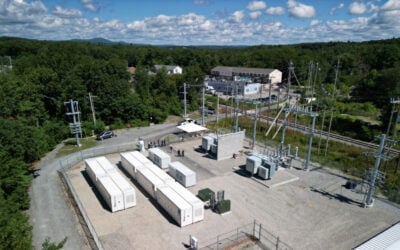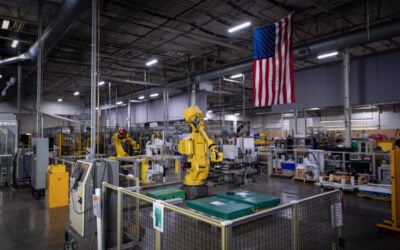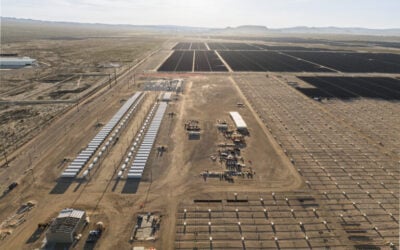
The US Department of the Treasury and the Internal Revenue Service (IRS) have released final rule for the Clean Electricity Investment and Production Tax Credits – also known as the technology-neutral credits.
The final rules issued on Tuesday (7 January) give more clarity and certainty about the technologies that would qualify for the credits, which includes solar PV among others. These will affect tax credits under sections 45Y (clean electricity production credit) and 48E (clean electricity investment credit).
Enjoy 12 months of exclusive analysis
- Regular insight and analysis of the industry’s biggest developments
- In-depth interviews with the industry’s leading figures
- Annual digital subscription to the PV Tech Power journal
- Discounts on Solar Media’s portfolio of events, in-person and virtual
On top of existing technologies, the Clean Electricity Credits aims to encourage innovation for new zero-emissions technologies to develop over time, while providing durable incentives for companies to make investments in clean energy technologies that are already contributing to the clean energy investment and manufacturing boom.
The existing Production Tax Credit (PTC) and Investment Tax Credit (ITC) will be available to projects that began construction before 2025. Qualifying projects placed in service after 31 December 2024 will be eligible for the new Clean Electricity Credits.
Final rules for the technology-neutral tax credits can be accessed here.
In order to receive the full value of the credits, taxpayers must meet standards for paying prevailing wages and employing registered apprentices, helping ensure more clean energy jobs are good-paying jobs, and growing career opportunities for workers in the clean energy sector.
US Secretary of Energy, Jennifer M. Granholm, said: “Today’s final guidance helps provide clean energy producers the clarity needed to deploy more clean energy solutions at scale to drive down costs for more American families and deliver future-facing careers for America’s workforce.”
To read the full version of this story, visit PV Tech.






